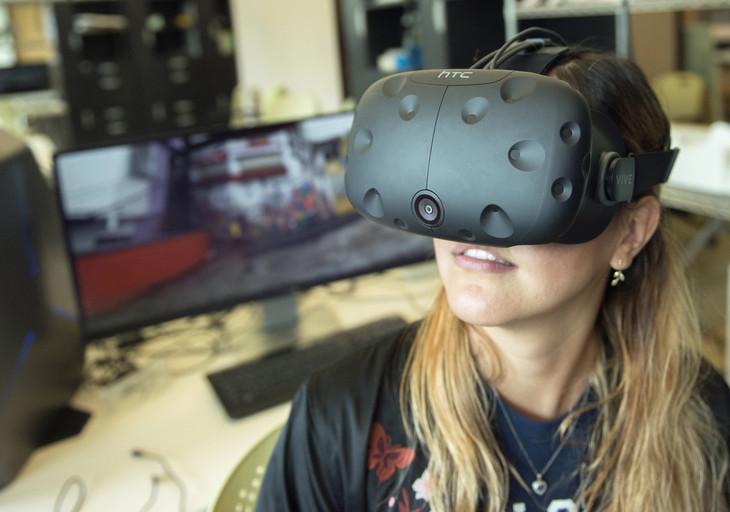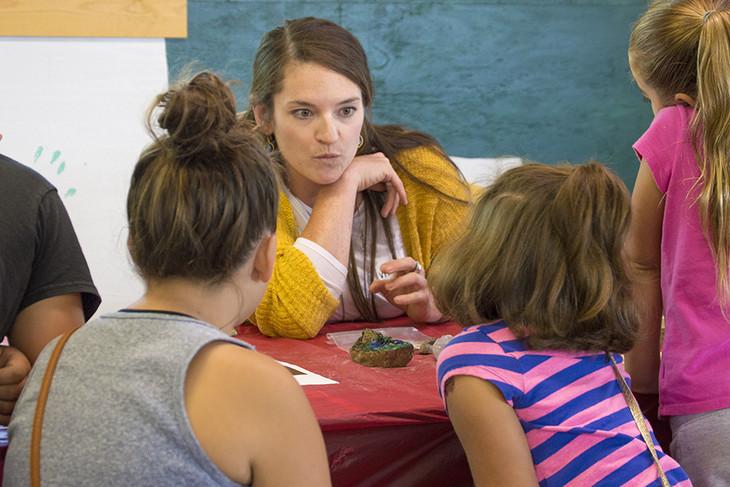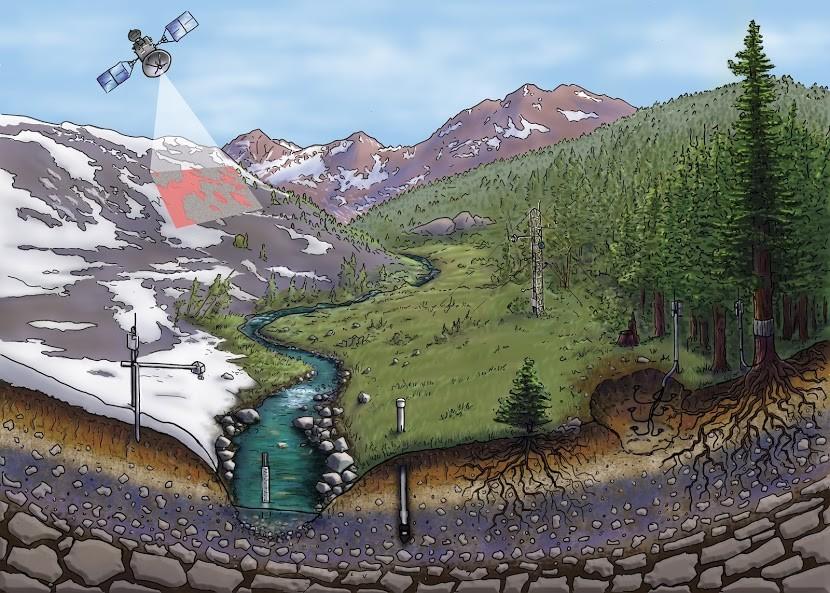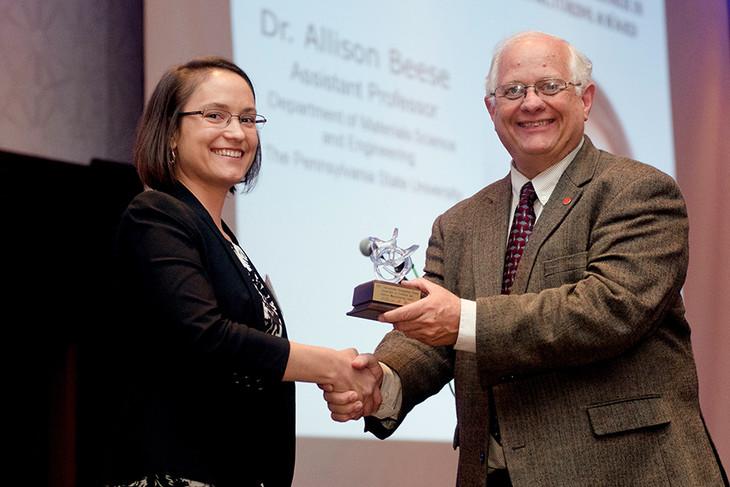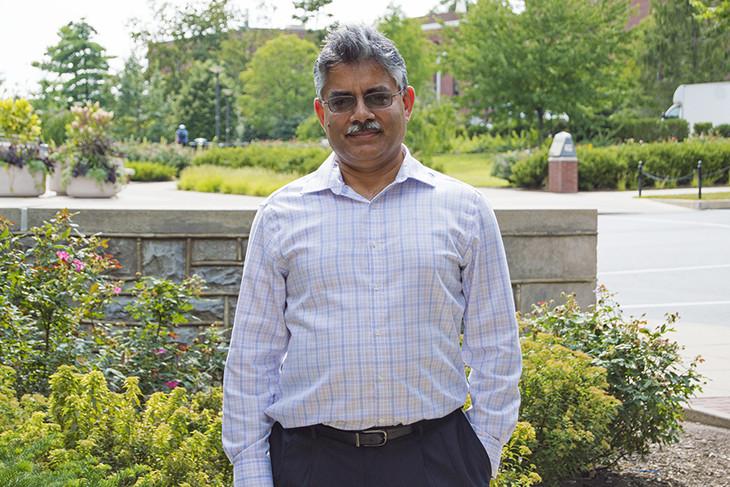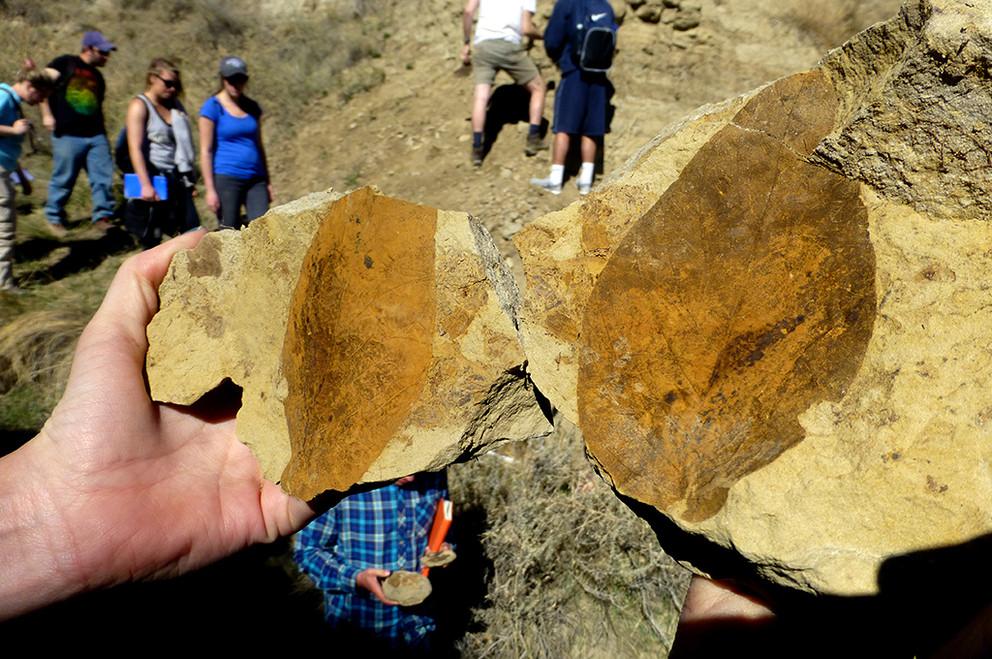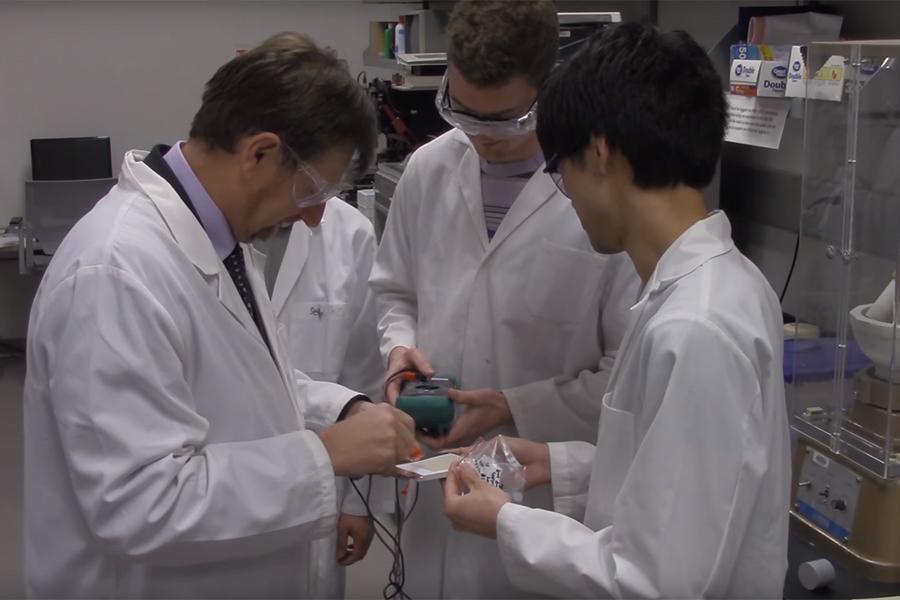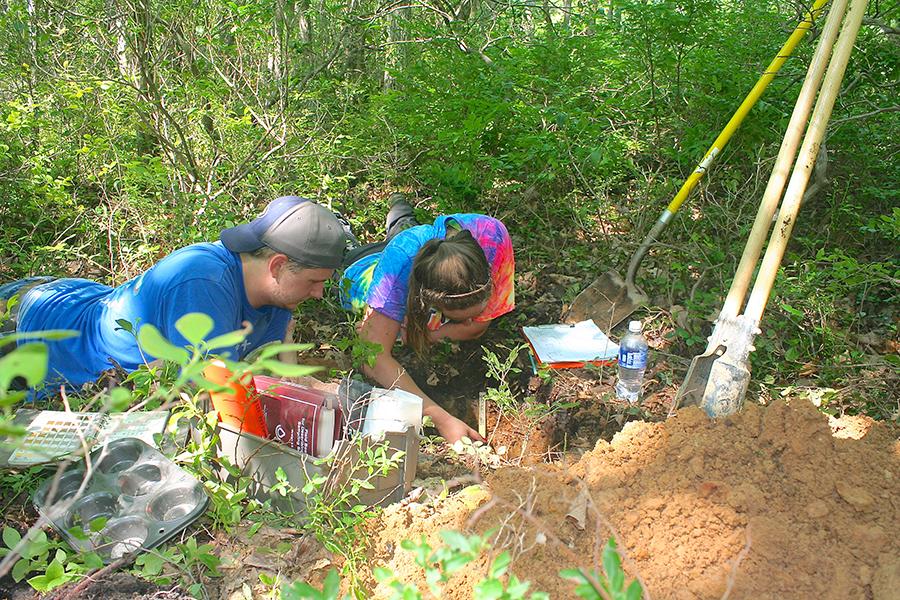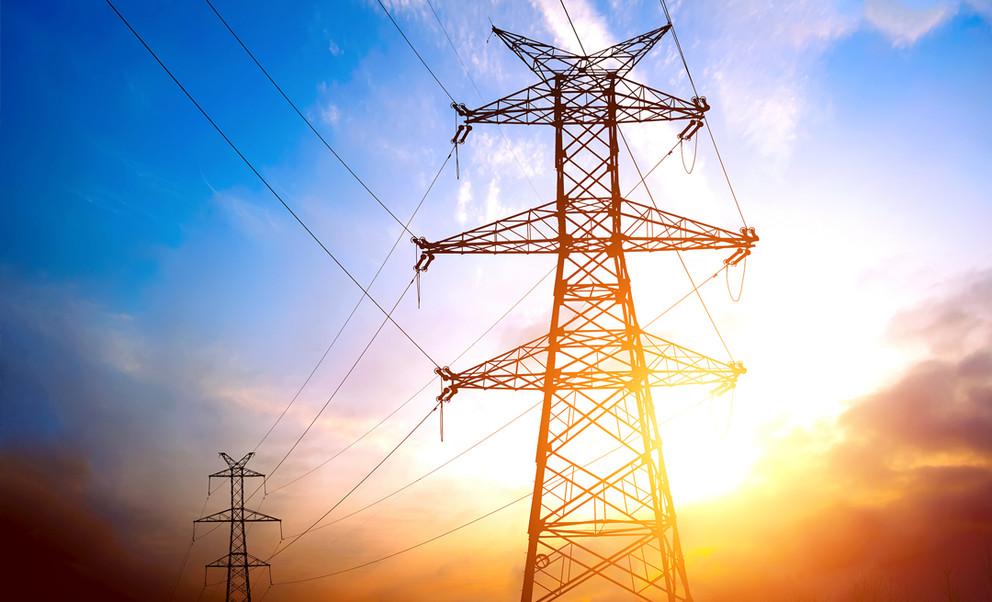In the Rio Studio, advanced architecture and landscape architecture students used digital technology, including virtual reality, to explore design solutions for a Brazilian favela. Jose Duarte, Stuckeman Chair in Design Innovation at Penn State, has long been interested in how these unplanned communities take shape, and how they evolve. What are the hidden rules that underlie their emergence and growth? By decoding these rules, he says, we can both improve existing settlements and better face the design challenges of the future.
As rows of tents dotted the countryside, the Grange Fair offered a chance to get back to more simple times. But for members of the group WE ARE for Science, it was a chance to shape the future of science policy, education and public outreach. About 40 members of the group recently spent a day at the fair fielding questions from kids and parents alike, in areas such as astronomy, entomology and geosciences at their “Ask a Scientist” event.
The Institutes of Energy and the Environment (IEE) announced the addition of three new cofunded faculty members who will join Penn State during the 2017–18 academic year. Jillian Goldfarb will join the John and Willie Leone Family Department of Energy and Mineral Engineering at Penn State in January 2018 as an assistant professor.The faculty other two faculty members are Kristina Douglass and Jonathan Duncan.
A new course encourages students to take a highly interdisciplinary approach to dealing with pressing environmental challenges. The curriculum is an introduction to critical zone science, an emerging field that brings together scientists with diverse backgrounds to study the place where rock, soil, water, air and life meet.
Allison Beese, assistant professor of materials science and engineering, recently earned the International Outstanding Young Researcher in Freeform and Additive Manufacturing Award for research accomplishments related to additive manufacturing of metallic materials.
Sanjay Srinivasan, the newly appointed head of the John and Willie Leone Family Department of Energy and Mineral Engineering (EME), said he’s looking forward to helping “world-class” faculty further extend Penn State’s reputation as “the energy university.”
In a weekend, imagine walking the earth before the time of dinosaurs, then during the period in which they roamed, and finishing your walk long after their demise. For students in a geobiology (Geosc 204) course that culminates with a field trip to the Denver Basin, that’s the story that’s told in the exposed rocks of Dinosaur Ridge, Green Mountain, Florissant Fossil Beds National Monument and backstage visits to a nearby museum.
Penn State researchers have developed a new method for sintering, a widely used manufacturing process for powdered materials. Using far less time and energy than the standard approach, the new method could have global implications on manufacturing and energy savings and pave the way for new discoveries.
The 2017 Institutes for Energy and the Environment (IEE) seed grants have been awarded to a pool of interdisciplinary researchers at Penn State. Thirteen grants totaling more than $312,000 have been awarded to 42 researchers that addressed four of IEE's five research themes: Climate and Ecosystem Change, Future Energy Supply, Smart Energy Systems, and Water and Biogeochemical Cycles.
Penn State researchers have received funding from the National Science Foundation to develop a system that will assist the power industry in siting new transmission lines to accommodate a broad range of possible future evolutions of the power grid.


